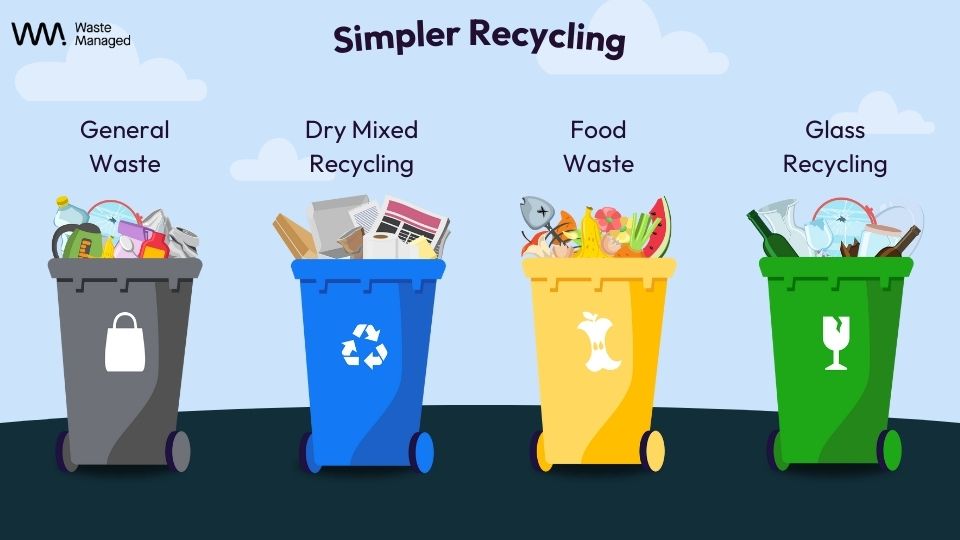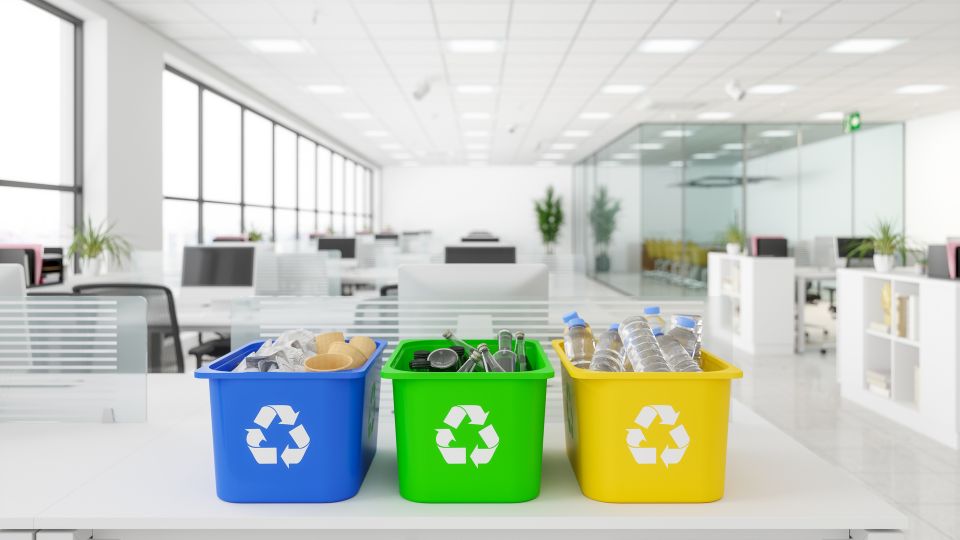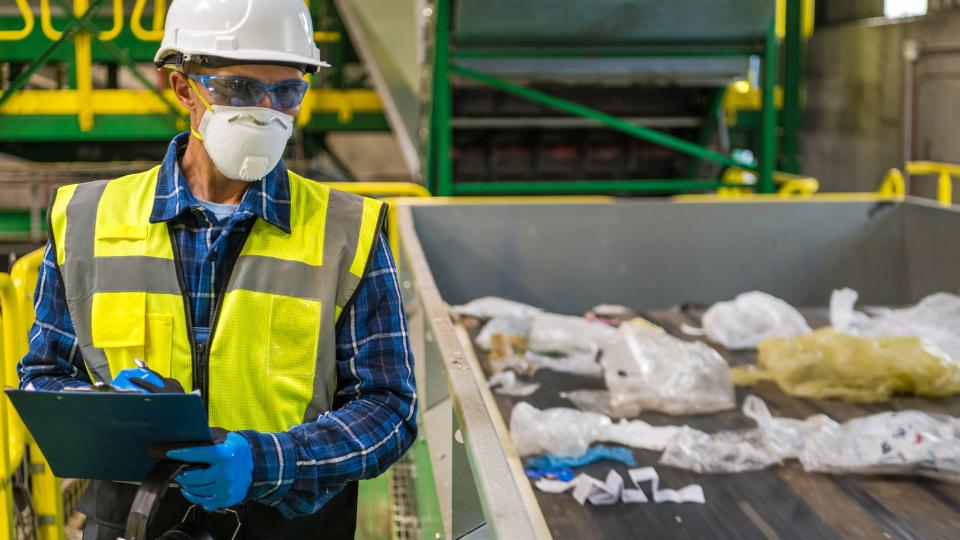
Quick Summary:
- Mixed recycling collects various recyclables in one bin, simplifying recycling.
- Sorting involves screening, size/shape separation, air, magnetic, and optical sorting.
- Better waste management by businesses promotes sustainability and reduces costs.
As a UK business owner, understanding how mixed recycling is sorted can help you improve your waste management practices and contribute to a more sustainable environment.
Here’s a detailed look into the process!
Table of Contents
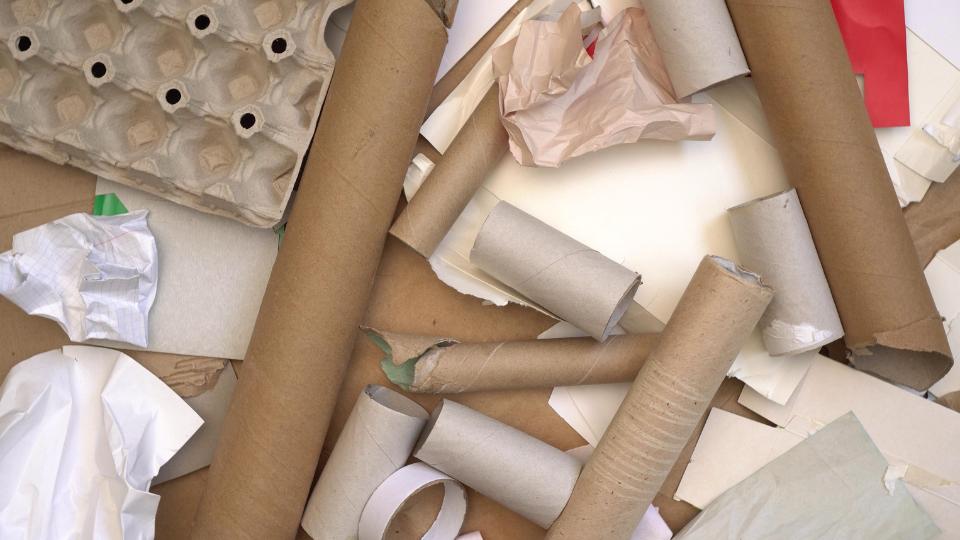
What is Mixed Recycling?
Mixed recycling refers to a collection system where various types of recyclable materials, such as paper, cardboard, plastic, glass, and metal, are collected together in a single bin.
This system simplifies the recycling process for businesses and households, making it easier to participate in recycling efforts.
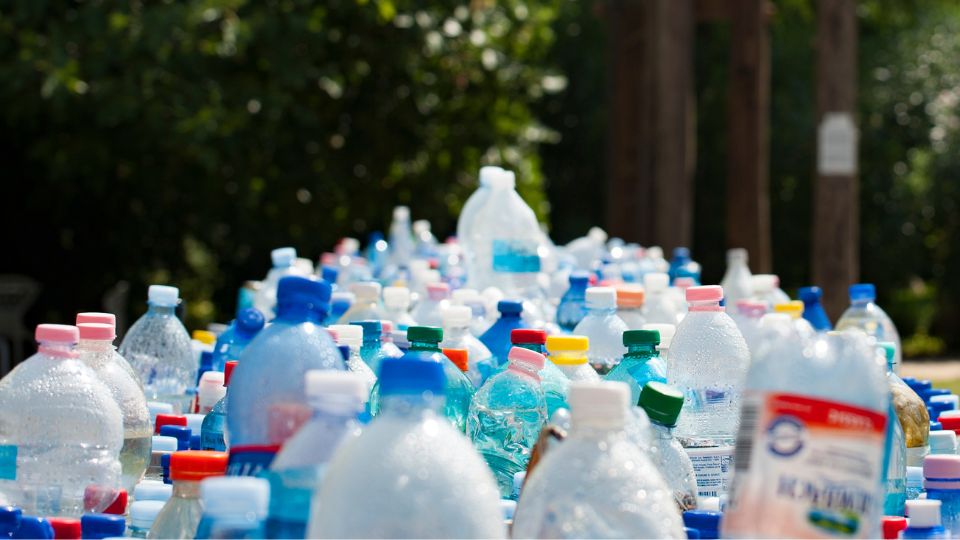
The Sorting Process
1. Collection and Transport
Once your mixed recycling bin is collected, the materials are transported to a Materials Recovery Facility (MRF).
These facilities are equipped to handle and sort large volumes of recyclables efficiently.
2. Initial Screening of the Mixed Recycling
Upon arrival at the MRF, the first step is to remove large contaminants and non-recyclable items through a manual or mechanical pre-sorting process.
This step ensures that the machinery operates smoothly and efficiently.
3. Separation by Size and Shape
Materials then pass through a series of screens that separate items based on their size and shape.
For example, flat items like paper and cardboard are separated from containers like bottles and cans.
4. Air Classification
Lightweight materials, such as paper and plastic films, are separated from heavier items using air classifiers.
A strong burst of air blows the lighter materials into a different stream.
5. Magnetic Separation of Mixed Recycling
Ferrous metals (like steel cans) are removed using powerful magnets.
This step is crucial for recovering metal for recycling.
6. Eddy Current Separation
Non-ferrous metals (such as aluminium cans) are separated using eddy current separators.
These devices create a magnetic field that repels aluminium, effectively separating it from the rest of the materials.
7. Optical Sorting
Advanced optical sorters use light and sensors to identify and separate different types of plastics.
These machines can differentiate materials based on their resin type and colour, ensuring high purity of sorted plastics.
8. Manual Quality Control
Despite the high-tech machinery, human workers are still essential for quality control.
They manually remove any remaining contaminants to ensure the sorted materials meet recycling standards.
9. Baling and Transport of the Mixed Recycling
Once sorted, materials are compressed into bales for efficient transport to recycling facilities.
These bales are then shipped to manufacturers who use them to create new products.
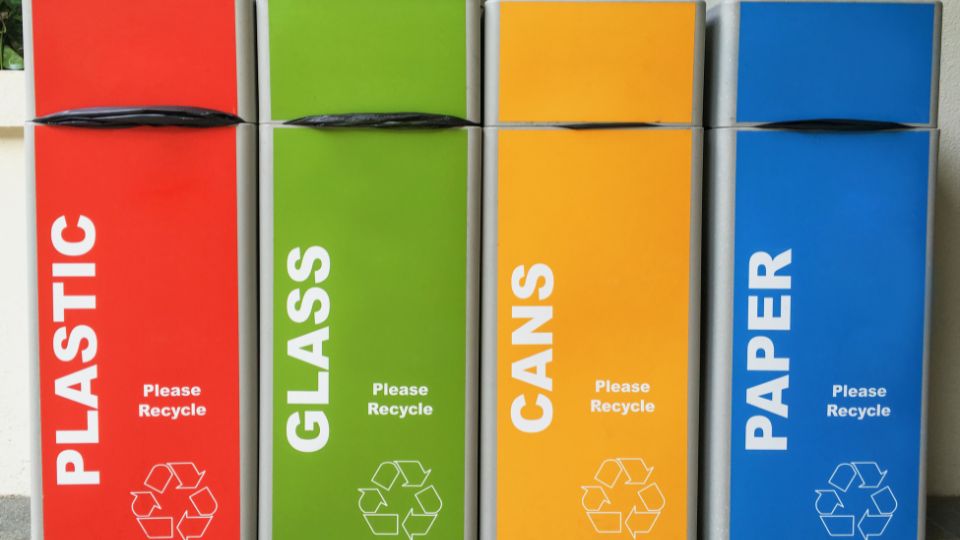
Conclusion
Understanding how mixed recycling is sorted can help UK business owners enhance their waste management practices.
By being informed and proactive, businesses can contribute to a more sustainable environment while potentially reducing costs associated with waste disposal.
By following these guidelines, your business can play a vital role in promoting sustainability and ensuring that recyclable materials are properly processed and reused.


